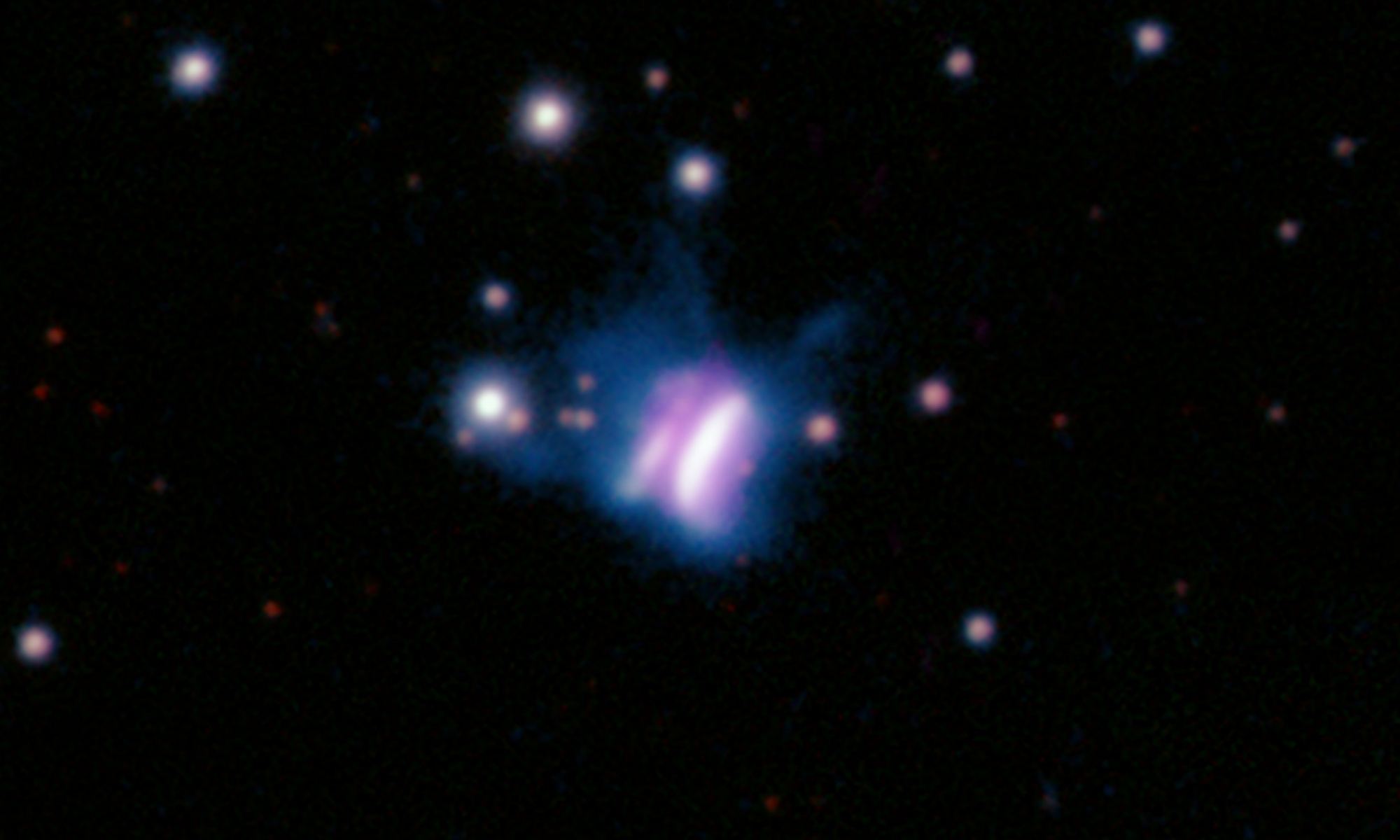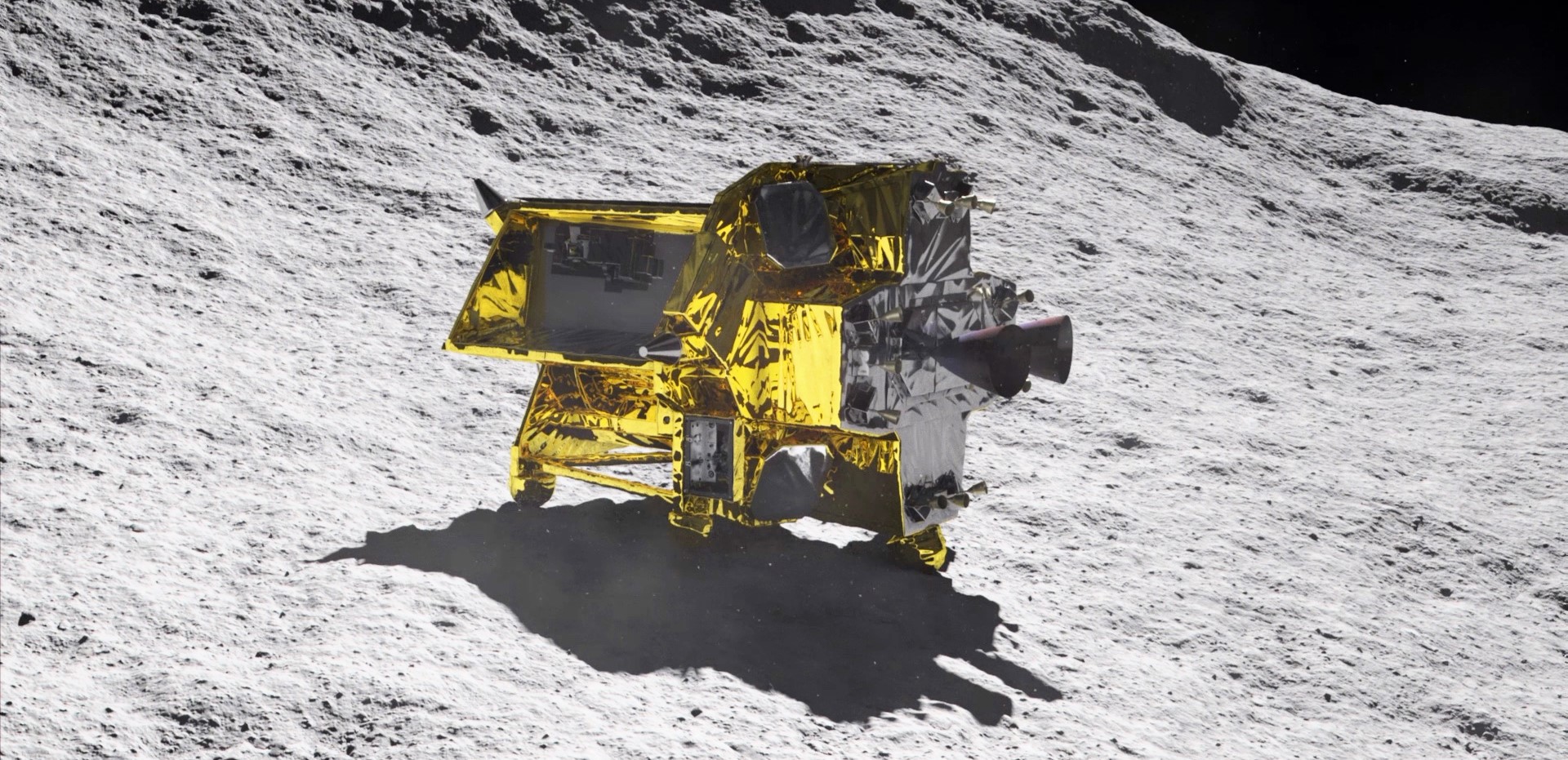After many delays and two scrubbed launch attempts, Boeing’s CST-100 Starliner successfully launched earlier today! The Crewed Flight Test (CFT) took off from Space Launch Complex-41 at Cape Canaveral Space Force Station, Florida, at 10:52 a.m. EDT (07:52 PDT) atop a ULA Atlas V rocket. For this mission, the capsule is carrying two NASA astronauts: Barry “Butch” Wilmore (commander) and Sunita “Suni” Williams (pilot). They are expected to reach the International Space Station (ISS) at 12:15 p.m. EDT (09:15 a.m. PDT) on Thursday, June 6th.
Continue reading “Starliner Finally Launches, Carrying Two Astronauts Into Orbit”Japan’s Lunar Lander Fails to Check-in
On January 19th, 2024, the Japanese Aerospace Exploration Agency (JAXA) successfully landed its Smart Lander for Investigating Moon (SLIM) on the lunar surface. In so doing, JAXA became the fifth national space agency to achieve a soft landing on the Moon – after NASA, the Soviet space program (Interkosmos), the European Space Agency, and the China National Space Agency (CNSA). SLIM has since experienced some technical difficulties, which included upending shortly after landing, and had to be temporarily shut down after experiencing power problems when its first lunar night began.
On the Moon, the day/night cycle lasts fourteen days at a time, which has a drastic effect on missions that rely on solar panels. Nevertheless, SLIM managed to reorient its panels and recharge itself and has survived three consecutive lunar nights since it landed. However, when another lunar night began on May 27th, JAXA announced that they had failed to establish communications with the lander. As a result, all science operations were terminated while mission controllers attempt to reestablish communications, which could happen later this month.
Continue reading “Japan’s Lunar Lander Fails to Check-in”Highlights from the 10th Achieving Mars Workshop

Back in December, NASA officials, space industry experts, members of the academic community, and science communicators descended on Washington, D.C., for the Achieving Mars Workshop X (AM X). This workshop is hosted by Explore Mars Inc., a non-profit organization dedicated to bringing leading experts from disparate fields together to contribute to creating the first crewed missions to Mars. On May 17th, the results of this year’s workshop were summarized in a report titled “The Tenth Community Workshop for Achievability and Sustainability of Human Exploration of Mars.”
Continue reading “Highlights from the 10th Achieving Mars Workshop”New Telescope Images of Io are so Good, it Looks like a Spacecraft Took Them
The Large Binocular Telescope (LBT), located on Mount Graham in Arizona and run by the University of Arizona, is part of the next generation of extremely large telescopes (ELTs). With two primary mirrors measuring 8.4 m (~27.5 ft), it has a collecting area slightly greater than that of a 30-meter (98.4 ft) telescope. With their resolution, adaptive optics, and sophisticated instruments, these telescopes are expected to probe deeper into the Universe and provide stunning images of everything from distant galaxies to objects in our Solar System.
An international team led by the University of Arizona recently acquired images of Jupiter’s moon Io that were the highest-resolution pictures ever taken by a ground-based telescope. The images revealed surface features measuring just 80 km (50 mi) across, a spatial resolution previously reserved for spacecraft. This includes NASA’s Juno mission, which has captured some of the most stunning images of Io’s volcanoes. These images were made possible by the LBT’s new SHARK-VIS instrument and the telescope’s adaptive optics system.
Continue reading “New Telescope Images of Io are so Good, it Looks like a Spacecraft Took Them”Pluto Has an Ocean of Liquid Water Surrounded by a 40-80 km Ice Shell

On July 14th, 2015, the New Horizons spacecraft conducted the first-ever flyby of Pluto, which once was (and to many, still is) the ninth planet of the Solar System. While the encounter was brief, the stunning images and volumes of data it obtained revealed a stunningly vibrant and dynamic world. In addition to Pluto’s heart, floating ice hills, nitrogen icebergs, and nitrogen winds, the New Horizons data also hinted at the existence of an ocean beneath Pluto’s icy crust. This effectively made Pluto (and its largest moon, Charon) members of the “Ocean Worlds” club.
Almost a decade after that historic encounter, scientists are still making discoveries from New Horizons data. In a new paper, planetary scientists Alex Nguyen and Dr. Patrick McGovern used mathematical models and images to learn more about the possible ocean between Pluto’s icy surface and its silicate and metallic core. According to their analysis, they determined that Pluto’s ocean is located beneath a surface shell measuring 40 to 80 km (25 to 50 mi), an insulating layer thick enough to ensure that an interior ocean remains liquid.
Continue reading “Pluto Has an Ocean of Liquid Water Surrounded by a 40-80 km Ice Shell”Galaxies in the Early Universe Preferred their Food Cold

One of the main objectives of the James Webb Space Telescope (JWST) is to study the early Universe by using its powerful infrared optics to spot the first galaxies while they were still forming. Using Webb data, a team led by the Cosmic Dawn Center in Denmark pinpointed three galaxies that appear to have been actively forming just 400 to 600 million years after the Big Bang. This places them within the Era of Reionization, when the Universe was permeated by opaque clouds of neutral hydrogen that were slowly heated and ionized by the first stars and galaxies.
This process caused the Universe to become transparent roughly 1 billion years after the Big Bang and (therefore) visible to astronomers today. When the team consulted the data obtained by Webb, they observed that these galaxies were surrounded by an unusual amount of dense gas composed almost entirely of hydrogen and helium, which likely became fuel for further galactic growth. These findings already reveal valuable information about the formation of early galaxies and show how Webb is exceeding its mission objectives.
Continue reading “Galaxies in the Early Universe Preferred their Food Cold”Another Giant Antarctic Iceberg Breaks Free
On May 20th, 2024, an iceberg measuring 380 square kilometers (~147 mi2) broke off the Brunt Ice Shelf in Antarctica. This event (A-83) is this region’s third significant iceberg calving in the past four years. The first came In 2021, when A-74 broke off the ice sheet, while an even larger berg named A-81 followed in 2023. The separation of this iceberg was captured by two Earth Observation satellites – the ESA’s Copernicus Sentinel-1 and NASA’s Landsat 8 satellites – which provided radar imaging and thermal data, respectively.
Continue reading “Another Giant Antarctic Iceberg Breaks Free”This is the Largest Planet-Forming Disk Ever Seen

Roughly 1,000 light-years from Earth, there is a cosmic structure known as IRAS 23077+6707 (IRAS 23077) that resembles a giant butterfly. Ciprian T. Berghea, an astronomer with the U.S. Naval Observatory, originally observed the structure in 2016 using the Panoramic Survey Telescope and Rapid Response System (Pan-STARRS). To the surprise of many, the structure has remained unchanged for years, leading some to question what IRAS 2307 could be.
Recently, two international teams of astronomers made follow-up observations using the Submillimeter Array at the Smithsonian Astrophysical Observatory (SAO) in Hawaii to better understand IRAS 2307. In a series of papers describing their findings, the teams revealed that IRAS 23077 is actually a young star surrounded by a massive protoplanetary debris disk, the largest ever observed. This discovery offers new insight into planet formation and the environments where this takes place.
Continue reading “This is the Largest Planet-Forming Disk Ever Seen”That Recent Solar Storm Was Detected Almost Three Kilometers Under the Ocean
On May 10th, 2024, people across North America were treated to a rare celestial event: an aurora visible from the Eastern Seabord to the Southern United States. This particular sighting of the Northern Lights (aka. Aurora Borealis) coincided with the most extreme geomagnetic storm since 2003 and the 27th strongest solar flare ever recorded. This led to the dazzling display that was visible to residents all across North America but was also detected by some of Ocean Networks Canada‘s (ONC) undersea sensors at depths of almost three kilometers.
Continue reading “That Recent Solar Storm Was Detected Almost Three Kilometers Under the Ocean”Astronomers Discover the Second-Lightest “Cotton Candy” Exoplanet to Date.
The hunt for extrasolar planets has revealed some truly interesting candidates, not the least of which are planets known as “Hot Jupiters.” This refers to a particular class of gas giants comparable in size to Jupiter but which orbit very closely to their suns. Strangely, there are some gas giants out there that have very low densities, raising questions about their formation and evolution. This is certainly true of the Kepler 51 system, which contains no less than three “super puff” planets similar in size to Jupiter but is about one hundred times less dense.
These planets also go by the moniker “cotton candy” giants because their density is comparable to this staple confection. In a recent study, an international team of astronomers spotted another massive planet, WASP-193b, a fluffy gas giant orbiting a Sun-like star 1,232 light-years away. While this planet is roughly one and a half times the size of Jupiter, it is only about 14% as massive. This makes WASP-193b the second-lightest exoplanet observed to date. Studying this and other “cotton candy” exoplanets could provide valuable insight into how these mysterious giants form.
Continue reading “Astronomers Discover the Second-Lightest “Cotton Candy” Exoplanet to Date.”





